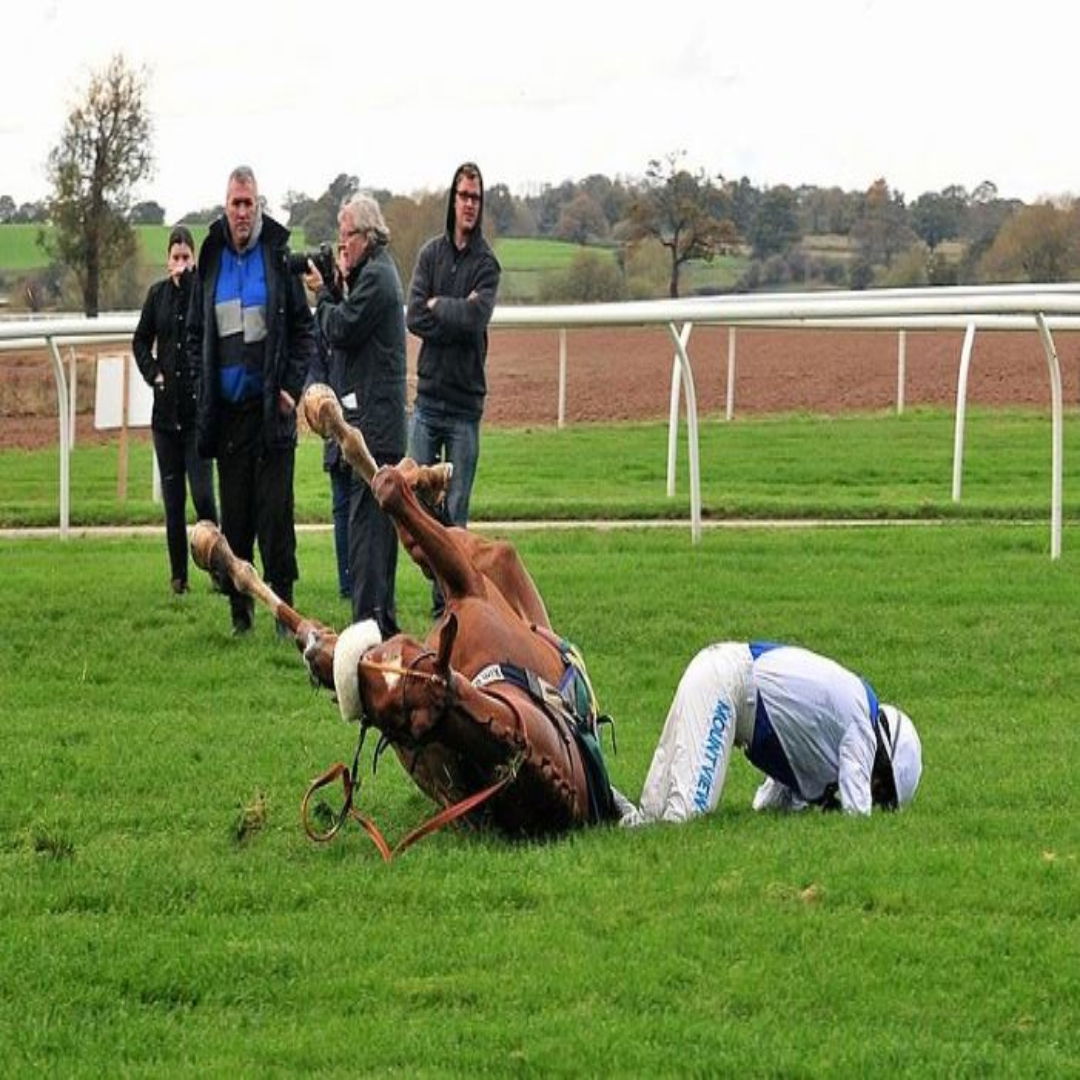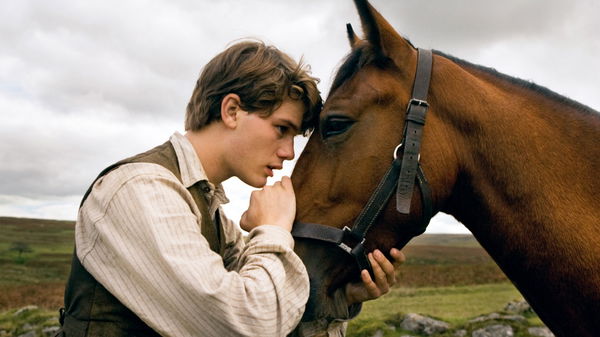

Equestrian safety and welfare remain top priorities. The American Association of Equine Practitioners is ensuring a more compassionate society. They spiced up its guidelines for humane horse euthanasia. The highlight is the addition of administering lidocaine hydrochloride 2% (intrathecal) during general anesthesia, deemed acceptable when done by skilled personnel. Local regulations, vet expertise, and the horse’s fate must be considered in choosing the method.
Watch What’s Trending Now!
Some places frown upon pentobarbital use due to environmental concerns. Lately, euthanization has become a common practice, sadly costing 12 horses their lives. A recent incident at the Selkirk rodeo led to euthanasia. The attending vet, who also competed, cared for the injured animal. The horse suffered a leg fracture during bronc riding, which led to a change of rules in rodeo.
ADVERTISEMENT
Equestrian tragedy sparks rulebook updates and investigation
CBC reports that the Triple S Fair and Rodeo in Selkirk, Man., is updating its rulebook following a saddening incident. A horse suffered a back leg injury during a bronc riding event and was euthanized by a vet who wasn’t officially on call. The province’s Animal Health and Welfare Branch is now investigating. In a heart-wrenching scene, the horse fell backward seconds after leaving the gate, and audience members gasped as it struggled on the ground.

ADVERTISEMENT
Ilona Borovlova, a Ukrainian newcomer, captured the moment on her phone, expressing her distress at witnessing her first rodeo. The rodeo’s board member, Tim Airth said, “I tried to help because you don’t want a horse to hurt itself further.” He swiftly took action to assist the horse and later moved it out of sight to evaluate and ultimately euthanize it. As per the Euthanasia guidelines Alina Vale, DVM, chair of the AAEP’s Welfare & Public Policy Advisory Council said, “The guidelines not only address how to euthanize a horse, but also when to euthanize, which can assist owners in making the difficult decision to say good-bye to their beloved animal,”
ADVERTISEMENT
Top Stories
Pro Suffers Disqualification at PGA Tour Q-School After Several Players Withdrew Abruptly

2025 Vic PGA Championship: Prize Money, Winner’s Payout & More Explored

Forced to Leave FOX, Cowboys Legend Troy Aikman Says ESPN Is Like ‘U.S. Government’ & Clearly Distinguishes the Two Networks

What Disease Does Fernando Mendoza’s Mother Have? Everything To Know About Her Health Condition

Support Pours In From Phil Mickelson as ASU Football Coach Chokes Back Tears in Public

Update Announced on Josh Allen’s Bills Staying Near Brown University Amid Tragic Incident

Equestrian events must prioritize safety and proper veterinary care, and this incident highlights the need for stringent rules to protect the well-being of both horses and riders. Furthermore, the veterinarian that treated the horse was a competitor and not on medical duties that day.
ADVERTISEMENT
Rodeo’s vet mishap sparks big changes
The vet lacked a crucial medical kit and Euthasol reports CBC. It’s a barbiturate formula used for animal euthanasia, which only licensed professionals can carry. How the horse met its end remains a mystery. Manitoba’s Chief Veterinarian’s Office is investigating the incident, withholding comments for now. The organizers, facing a dire situation, sought help from the competing vet as the on-call professional would have taken an hour to arrive. The entire crew, seasoned livestock handlers, was deeply distressed by the loss of the horse. Moved by the accident, Triple S Fair & Rodeo is making a spirited change. They will now mandate the presence of a qualified veterinarian throughout the competition. “The decision is made, we will have a vet on hand next year,” said Airth.

ADVERTISEMENT
Two large animal clinics are considering sponsoring the event. Other rodeos in Manitoba are also taking cues from Triple S. Though legally not required, this bold move sets a trailblazing example in the largely unregulated world of rodeos. The City of Selkirk confirmed that Triple S holds a 99-year lease on its fairgrounds and is not obligated to seek municipal permits. As an independent, amateur event, Triple S operates free of rodeo association rules. This story, with all its ups and downs, gallops on, leaving a hoofprint in rodeo history.
Watch This Story: Countdown of the Top 5 Moments That Can Set the Equestrian Crowd Ablaze
ADVERTISEMENT
ADVERTISEMENT
ADVERTISEMENT
ADVERTISEMENT

